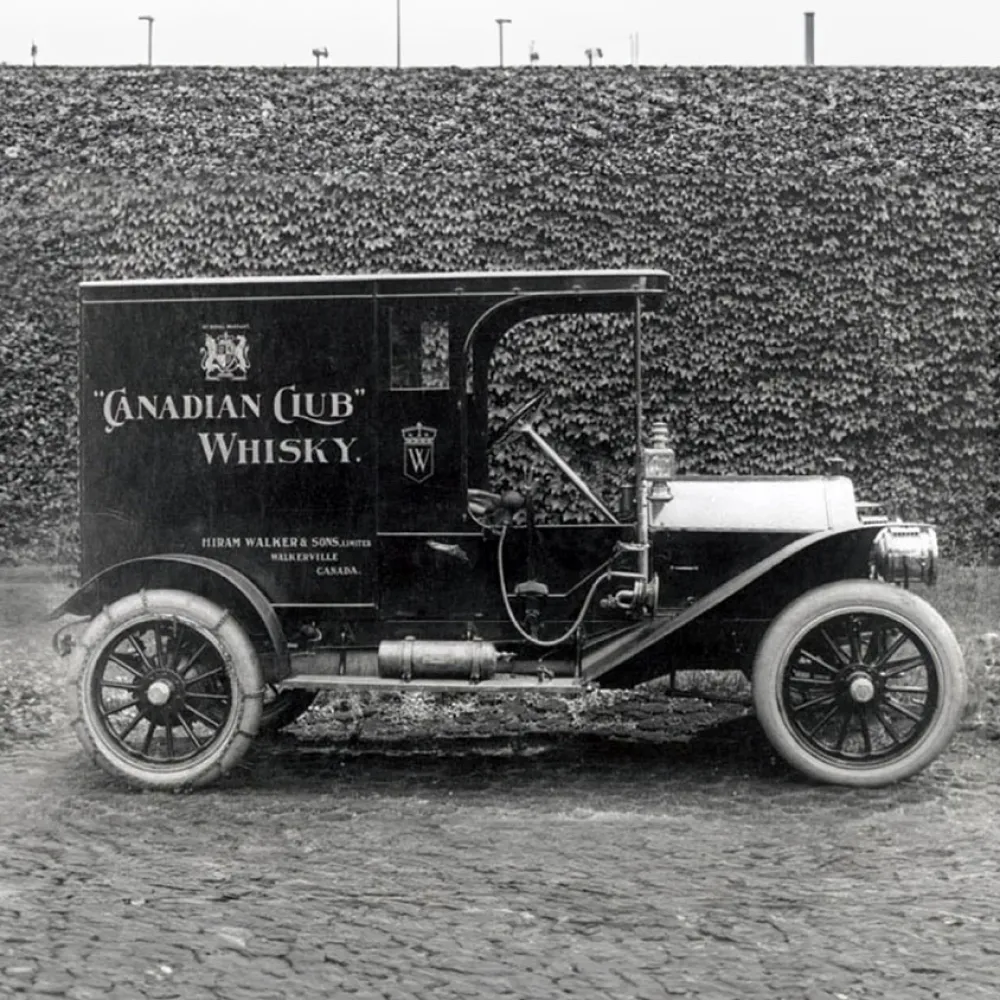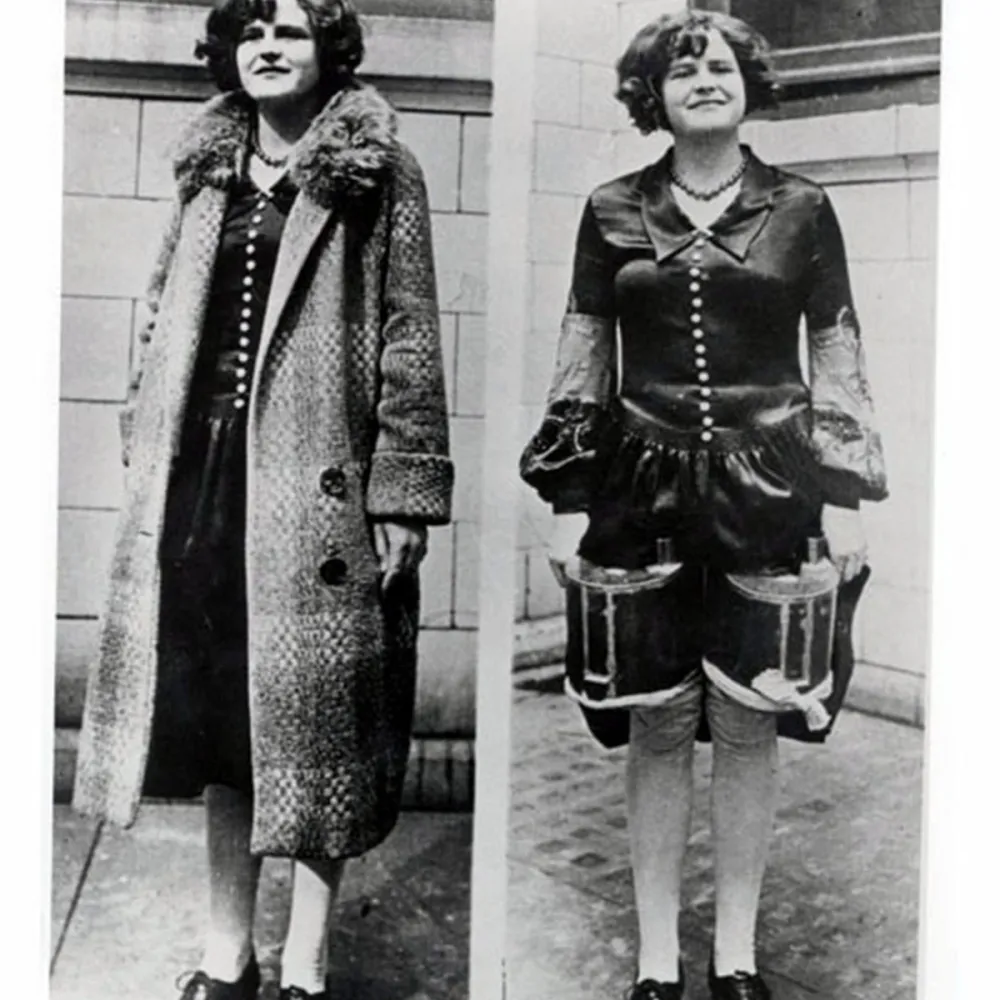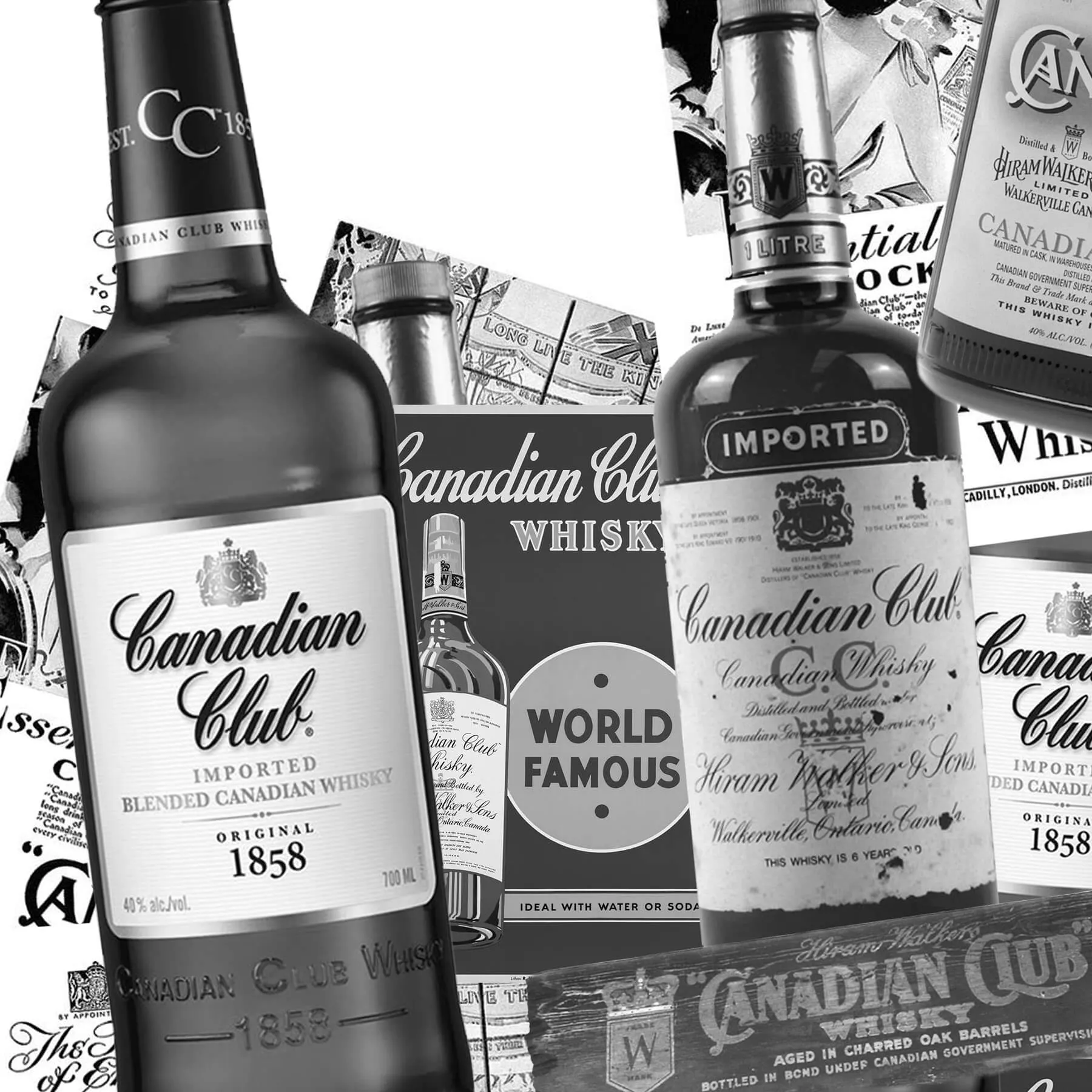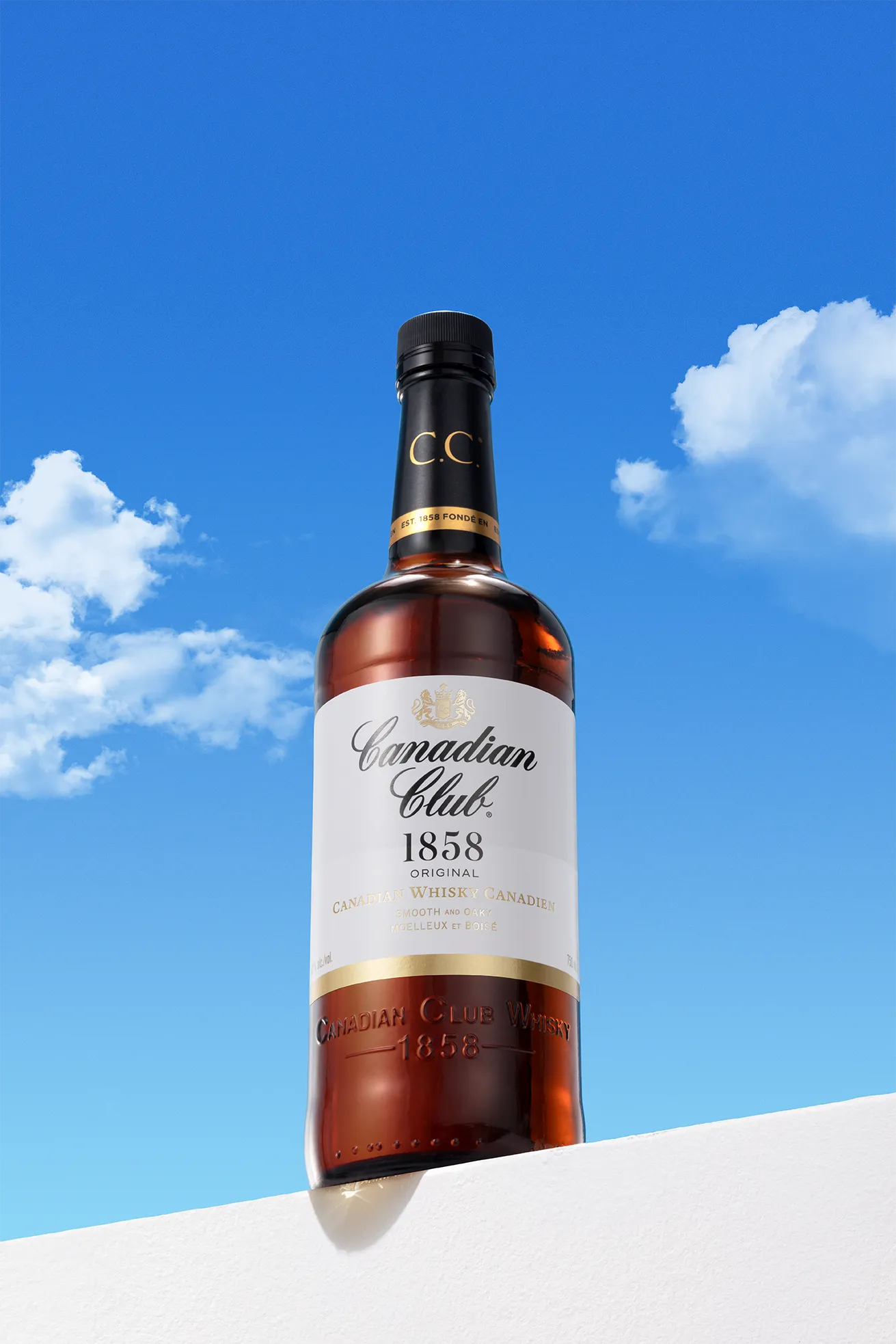

Canadian Club encourages responsible drinking. Alcohol should be consumed in moderation. By entering this website, you are agreeing to our Terms and Conditions, Privacy Policy, and Cookie Policy.
A tale as rich and smooth as the whisky it inspired – the story of Canadian Club ®.

1858
Hiram Walker, a successful grain merchant, founded what would become Canadian Club® in 1858. Our first distillery was established in Walkerville, Ontario because of the exceptional quality of the local grains there. In those early days, if you wanted whisky, you took your own jug or bottle to the local store and filled it from a generic barrel. We didn’t care for that idea.
Our whisky was different—smooth and easy to drink and we wanted people to know who made it. So we branded our barrels with our name on it, as a signature of confidence and assurance of quality.


1880’s
Canadians soon took a liking to our whisky, and came to love it as one of their own. In America, it was considered special, because it was sold exclusively in the finer gentlemen’s clubs of the era. Soon, the whisky came to be known by the name “Club Whisky.” It wasn’t long before Club Whisky began to cultivate popularity around the world. Eventually, its popularity began to affect the sale of American Bourbon in the United States. This forced the U.S. Government to require all Canadian distillers to put the country of origin on their label. And so Club Whisky became Canadian Club® and a legacy was launched.
1920’s
On January 16, 1920, the Eighteenth Amendment to the US Constitution enforced alcohol prohibition nationwide. Canada mirrored this move, with Ontario's Liquor Control Act restricting public drinking but allowing liquor production and export. This legal gap fueled a tumultuous era, notably in Windsor, Ontario.
Prohibition spurred bootlegging and the rise of figures like Al Capone. Smuggling routes between the US and Canada thrived, supplying 75% of US liquor. Canadian Club™ became the most smuggled whisky in the US. During Prohibition, counterfeiters capitalized on Canadian Club®'s popularity, peddling inferior products. To safeguard the brand, distributors encouraged patrons to specifically request Canadian Club® at bars.


1940-60’s
As the years passed, Canadian Club continued to evolve, adapting to the changing trends of each era while staying true to its heritage of quality and craftsmanship. By 1940, Canadian Club ® was now sold and enjoyed in 90 countries around the world. In 1952, all the lights in Times Square were shut off for the lighting of the large Canadian Club Neon sign, that remained in that same spot for 21 years. Canadian Club was introduced to the flashing lights of Hollywood in 1961 when James Bond’s drink of choice became CC and soda in Ian Fleming’s Dr. No.
Today
Beyond Canadian Club’s impeccable taste and smooth finish, Canadian Club carries with it a legacy of innovation and ingenuity. From pioneering the use of blended whisky to introducing the world to the concept of barrel aging, Canadian Club has continually pushed the boundaries of what whisky can be, inspiring generations of distillers and aficionados alike.
Today, as it has for over a century, Canadian Club Whisky stands as a testament to the enduring spirit of exploration and craftsmanship. With each sip, it invites you to journey through time and taste the history of a nation, all encapsulated within a single glass. Cheers to the legacy of Canadian Club – a whisky as bold and timeless as the land from which it hails.


